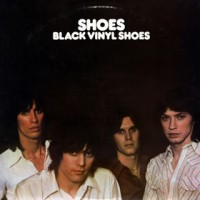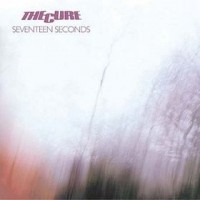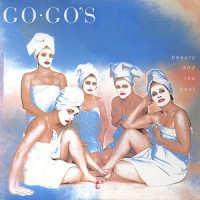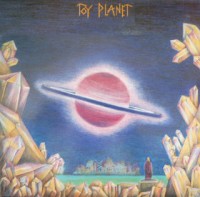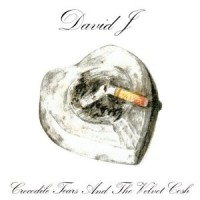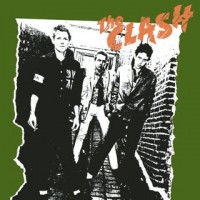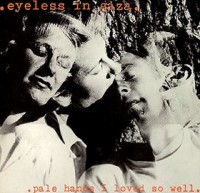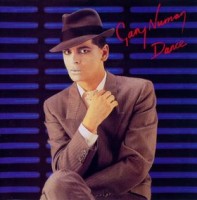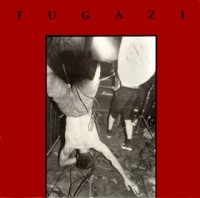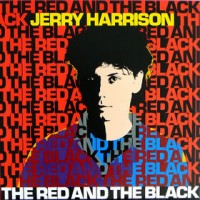Dance is the first of Gary’s albums to divide his fanbase. Several other Numan LPs had a similar effect, including the jazz-inspired Warriors and the cinematic and over-the-top Berserker. Dance is an album that’s easy to hate on first listen due to its radical differences from earlier efforts Telekon and The Pleasure Principle; however, that is its biggest merit in my eyes. If an artist can consciously change their style and still produce an excellent album, that artist is good. And Gary Numan proved that to me with Dance.
The album immediately rejects typical album track sequence, kicking off with a nine-minute minimalist masterpiece that feels a fraction of its length, Slowcar to China. Japan’s Mick Karn features heavily on this track, his liquid-like fretless bass flowing free and easy over the drum machine backing and airy synths. The best is yet to come though, as a quiet drum machine signals the beginning of Cry, the Clock Said, a sublime minimalist ballad that clocks around at ten minutes long. I would even go so far as to call this masterpiece Gary Numan’s best ballad, perhaps matched only by The Pleasure Principle’s Complex. It builds up atmosphere at a leisurely pace, introducing airy, twinkly synths that whisper over the beat. Gary finally begins to sing five minutes in. The song is ambient, atmospheric and beautiful. The lyrics here are some of Gary’s best. They’re extremely different from the machine/sci-fi themes of loneliness and isolation seen in Gary’s earlier work, and it’s a welcome change. They’re by no means jollier though, Gary still sounds miserable. He creates an effective image of black-and-white streets, cafes, prostitutes, rustling newspapers and devious women. This provokes some of his most romantic lyrical moments (Cry, the Clock Said), along with his most cynical, tongue-in-cheek and misogynistic (She’s Got Claws).
Dance, simply put, is an essential purchase, a brilliant piece of avant-garde experimentation. It might not be conventional, it might not be immediate, it might have been commercially less successful due to its experimental style, but it’s possibly the most indispensable of all of Gary’s album, the one that proved that he was not just a one trick pony. Truly exquisite. —Dylan
